Saludos para todos, hoy es un día especial porque siempre son especiales los días que dedico tiempo planificado a esta comunidad, pues todos mis días están relacionados con el tema y las personas inmersas en este mundo único.
Fue muy lamentable no haber podido colaborar con la primera iniciativa organizada por el equipo Proyecto @mundo.autismo, el equipo del Proyecto @womentribe, @parauri, y @nanyuris, porque considero que están realizando un denodado trabajo para ofrecernos estos espacios de participación y crecimiento.
Como un aporte simbólico voy a desarrollar el tema de esta actividad pasada, así que hoy trataré de escribir sobre una experiencia personal relacionada con la condición de autismo o TEA (Trastorno del Espectro Autista).
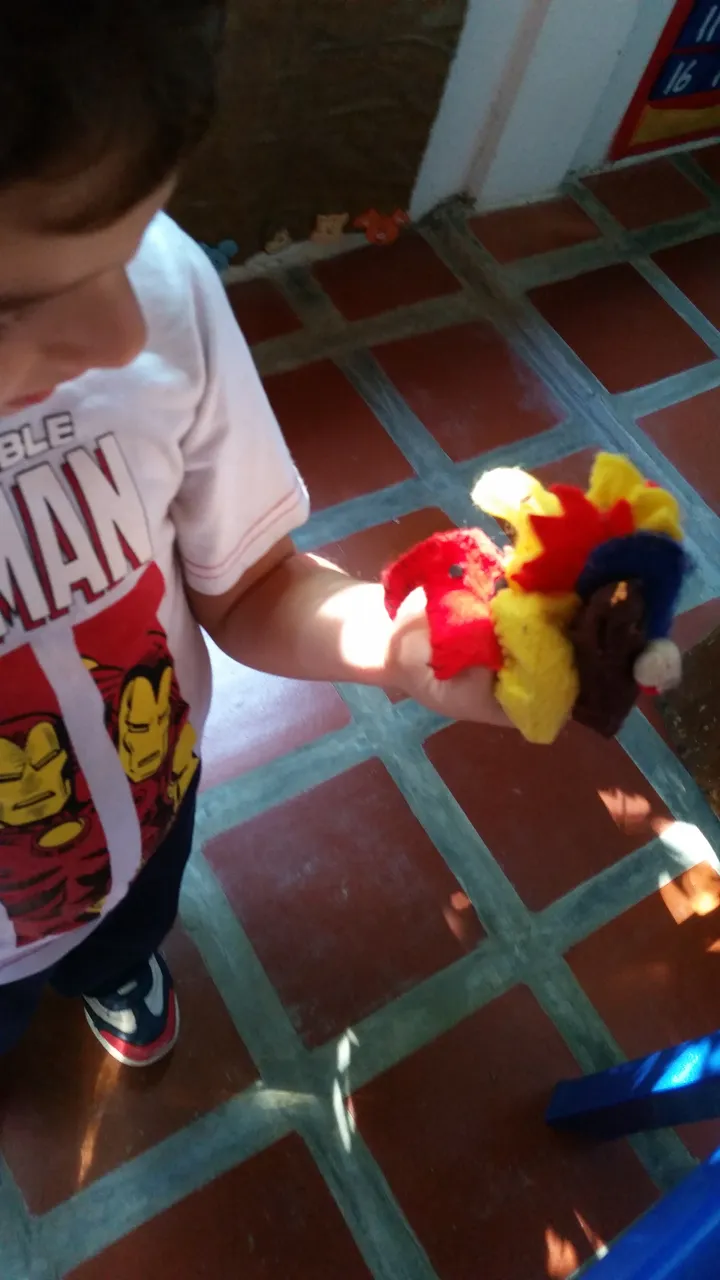
Primero, me parece muy difícil seleccionar una experiencia cuando vives y respiras rodeada de vivencias, una más significativa que la anterior. Me supongo que esta tarea para algunas personas se hace más fácil; no así para mí, porque están mis propias experiencias y las de mi carrera docente, relacionadas con la población que atiendo. Así que he estado pensando qué puedo compartirles.
Comenzaré diciendo que el autismo tiene una cara pública y otras que esfuerzan por ir de su mano; tal vez esto no sea fácil de comprender para la mayoría de las personas, porque cuando sales a la calle y te mezclas, al final es como si resbalaras entre el flujo social tan dinámico, al igual que un deporte extremo, es altamente complejo hacer el balance sensorial para enfrentar tantos inputs.
El mundo sensorial, es el mundo de los sentidos. Tratar de comprenderlo es una gran experiencia de vida.
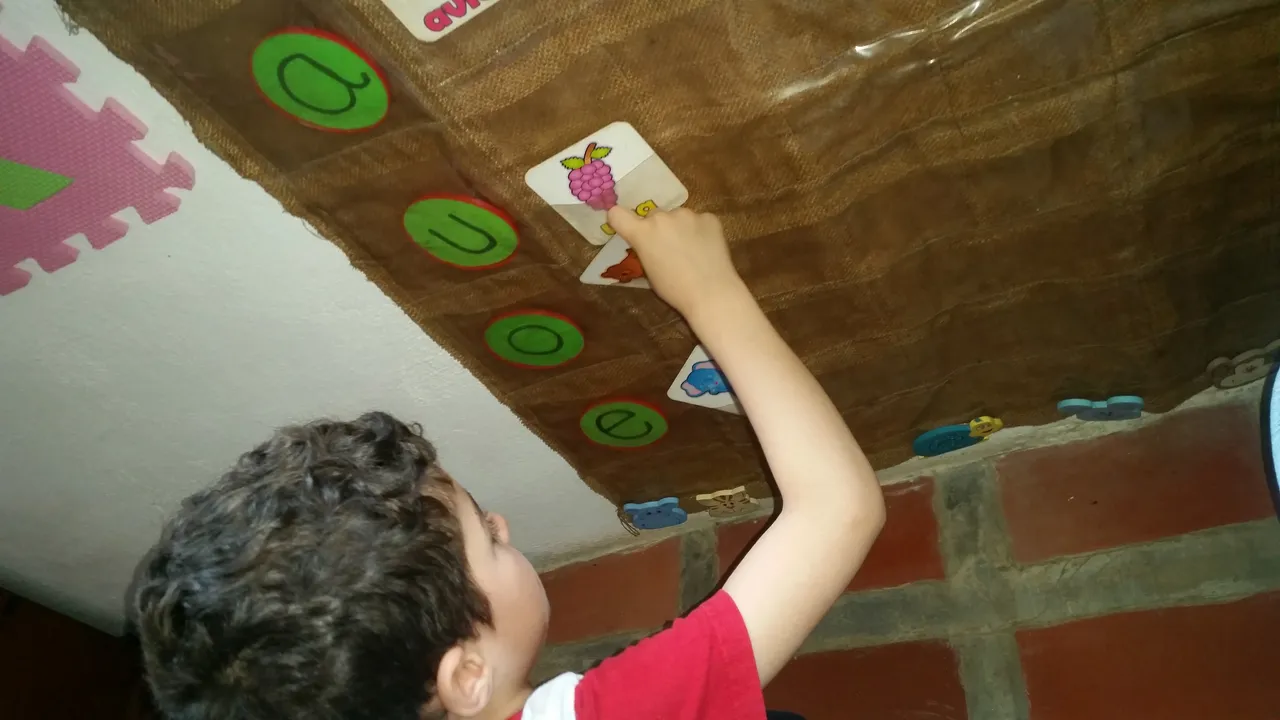
Cuando vemos a los niños en los centros comerciales, en la calle, en las fiestas, en las escuelas, en los parques o en cualquier otro sitio donde las demandas sensoriales son altamente competitivas, es muy probable que, al no poder traducir esta avalancha de sensaciones en forma adecuada, veamos pataletas, rabietas, gritos, golpes, llantos y/o conductas en apariencia erráticas a nuestros ojos.
Hay una historia que contar...
A finales de la década de los años 70, Lorna Wing, quien nos abandonó físicamente el 6 de junio de 2014, definió la tríada autista, lo que hoy aun se conoce como la tríada de Wing: comunicación, relaciones sociales y rigidez cognitiva; como observan, en este triángulo no se integraron los aspectos sensoriales.
Recordemos que, para ese entonces aun el principal manual de diagnósticos y estadísticas, el DSM III (1980) y DSM III-R, que nombro tan reiteradamente en mis post sobre este tema, ya que constituye uno de los principales instrumentos de diagnóstico, aun no contemplaba dentro de sus criterios el desbalance a estímulos sensoriales, tal como actualmente lo incluye el DSM 5
La introducción de este importante cambio, da cuenta de una significativa toma de consciencia hacia todas las reacciones conductuales porque impiden una adecuada inclusión debido a alteraciones sensoriales. Nos advierte sobre el cuidado que debemos tener frente a conductas poco adaptativas que adicionan impedimentos para que los niños se beneficien de ambientes desarrolladores, de allí la gran importancia de conocer este aspecto.
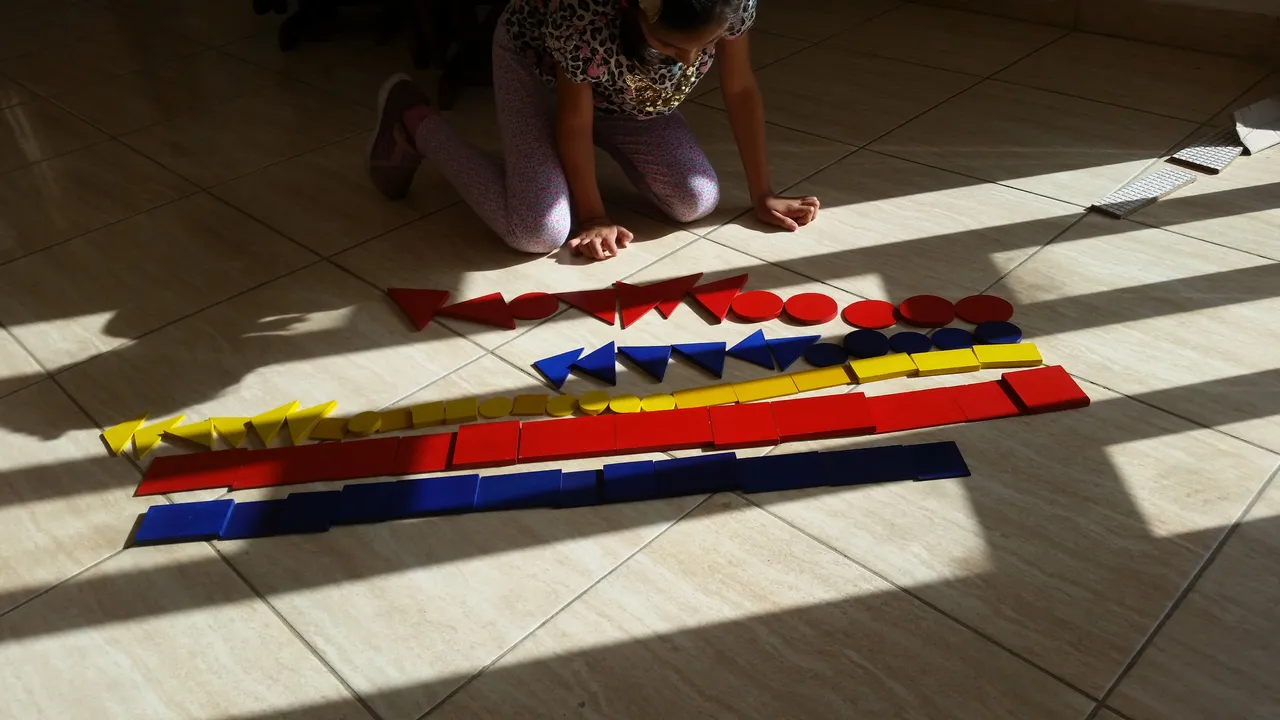
He presenciado en los preescolares, maternales, hogares de cuidado, guarderías y otros ambientes donde permanecen los niños, conductas como estas, las cuales muy probablemente se relacionen con alteraciones sensoriales:
Les gusta mucho acostarse en el piso.
Constantemente e meten debajo de las mesas.
Se encierran en el baño o en los closets.
Se quitan las medias o la ropa.
Giran velozmente sobre sí mismos.
Hablan muy alto y muy bajo.
Escuchan música o el televisor muy alto.
Corren por el aula muy rápido hasta cansarse.
Se meten debajo de la colchonetas.
Se tapan los oídos.
Tienen muchas dificultades para seleccionar los alimentos que comen.
Pueden también rechazar cierto ambientes donde converjan gran cantidad de estímulos.
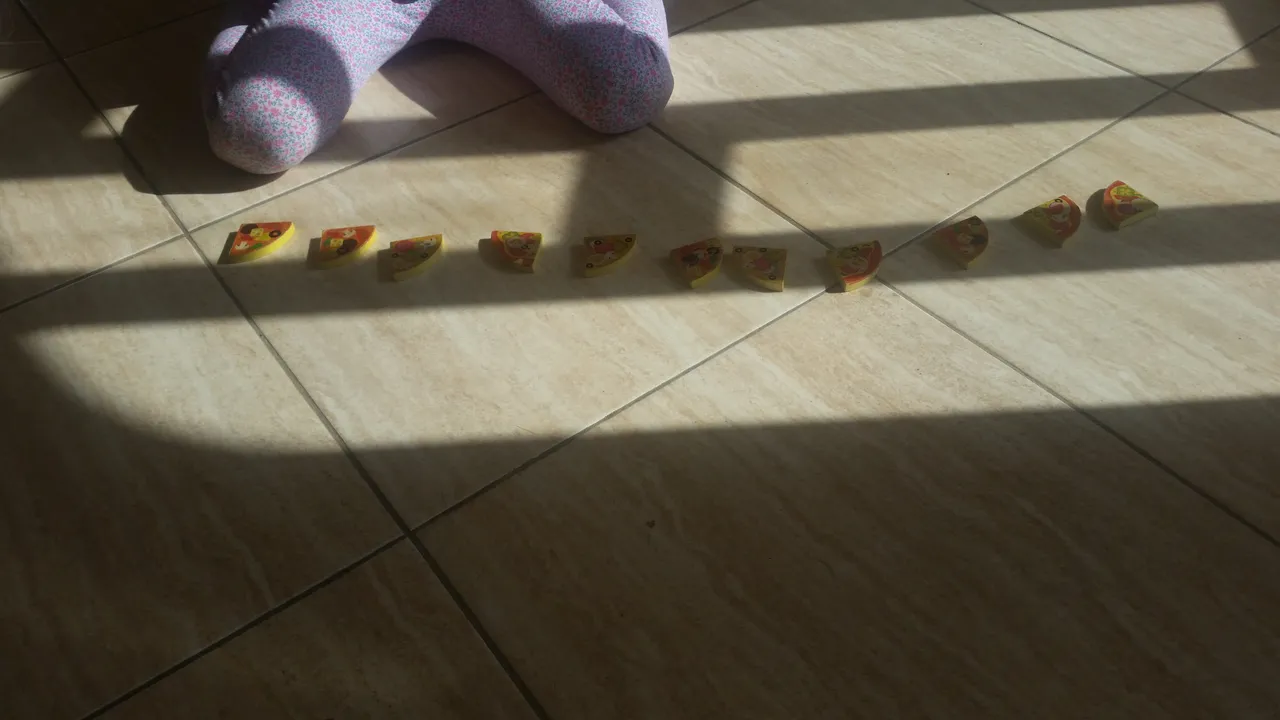
Como docente de niños autistas, aprender a observar todos los hándicaps vinculados a las alteraciones en algunos o varios de los sentidos, ha sido muy valioso por cuanto he podido anticipar y modificar el ambiente en previsión de:
Luz.
Olores.
Ruidos.
Temperaturas.
De esta forma hacer un poco más habitable los ambientes mientras el aprendizaje, la estimulación y la adaptación, hacen su trabajo en el desarrollo para que la la integración sensorial sea cada vez más consistente; pero no solo eso ... sino ser más tolerante y comprensiva hacia las manifestaciones conductuales que parecen no tener sentido, pero que en realidad es un afán del niño por comunicarse y hacerse entender.
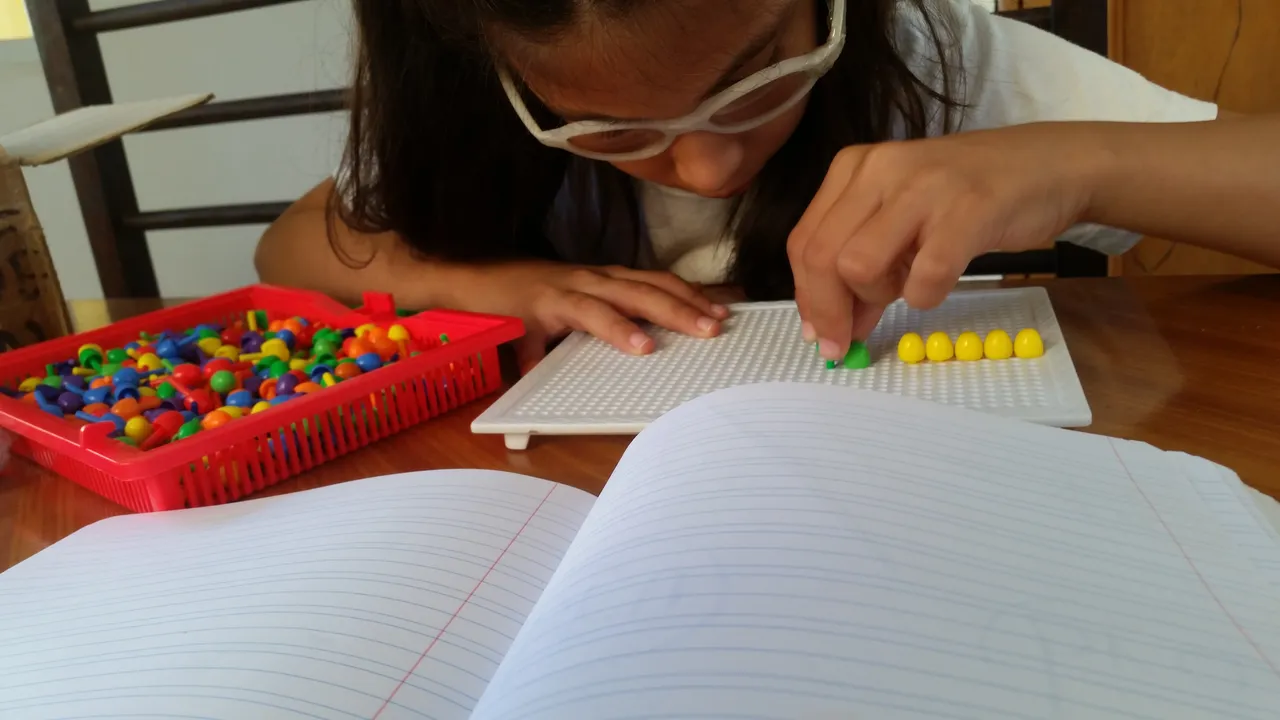
Profesionales, padres, familiares y comunidad en general, tenemos que estar plenamente conscientes de la importancia de conocer las alteraciones sensoriales dentro del espectro autista, trabajar de la mano con el terapeuta ocupacional es muy necesario, por eso es que los invito a continuar ejerciendo la voluntad de investigar y hacerse del conocimiento que nos libera, para continuar aportando en beneficio de esta población.
Referencias.
Manual de diagnósticos y estadísticas de los trastornos mentales, DSM 5
Manual de diagnósticos y estadísticas de los trastornos mentales,DSM-III
¿Qué es la «Tríada de Wing» del autismo?
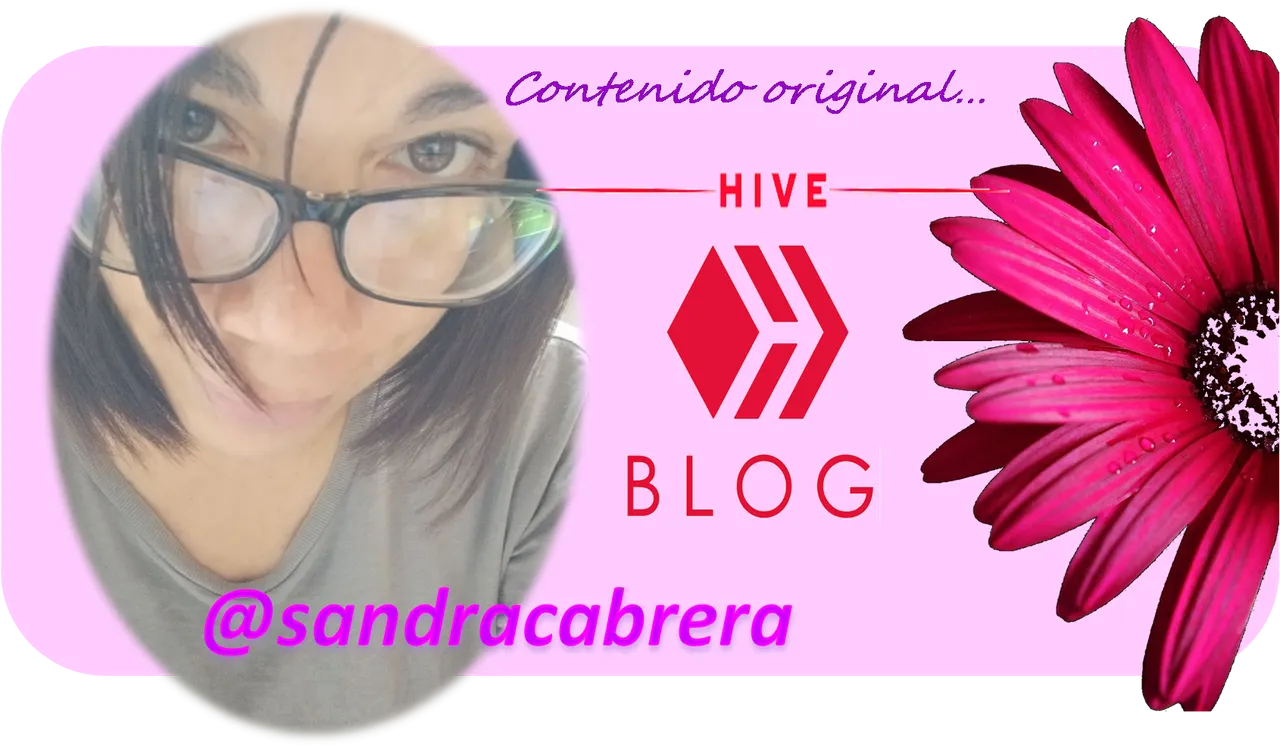
Todas las fotografías fueron tomadas con mi teléfono Samsung S5 y son niños de mis clases.
Ahora voy a traducir al inglés utilizando Google.
Greetings to all, today is a special day because the days that I dedicate planned time to this community are always special, because all my days are related to the theme and the people immersed in this unique world.
It was very unfortunate not having been able to collaborate with the first initiative organized by the @mundo.autismo Project team, the @womentribe Project team, @parauri, and @nanyuris, because I believe that they are doing a hard job to offer us these spaces for participation and increase.
As a symbolic contribution I am going to develop the theme of this past activity, so today I will try to write about a personal experience related to the condition of autism or ASD (Autism Spectrum Disorder).

First, I find it very difficult to select an experience when you live and breathe surrounded by experiences, one more significant than the previous one. I suppose that this task for some people becomes easier; not so for me, because there are my own experiences and those of my teaching career, related to the population I serve. So I've been thinking what I can share with you.
I will start by saying that autism has a public face and others that strive to go hand in hand; perhaps this is not easy to understand for most people, because when you go out and mix, in the end it is as if you slip through the social flow so dynamic, like an extreme sport, it is highly complex to do the sensory balance to face so many inputs.
The sensory world is the world of the senses. Trying to understand it is a great life experience.

When we see children in shopping malls, on the streets, at parties, in schools, in parks or anywhere else where sensory demands are highly competitive, it is very likely that, unable to translate this avalanche of sensations properly, let's see tantrums, tantrums, screaming, hitting, crying and / or behaviors that appear erratic to our eyes.
There is a story to tell...
At the end of the 1970s, Lorna Wing, who physically abandoned us on June 6, 2014, defined the autistic triad, which today is still known as the triad of Wing: communication, social relations and cognitive rigidity; As you can see, sensory aspects were not integrated in this triangle.
Let us remember that, at that time, even the main manual of diagnoses and statistics, the DSM III (1980) and DSM III-R, which I mention so repeatedly in my posts on this subject, since it constitutes one of the main diagnostic instruments, even it did not contemplate within its criteria the imbalance to sensory stimuli, as currently included in DSM 5
The introduction of this important change accounts for a significant awareness of all behavioral reactions because they prevent adequate inclusion due to sensory alterations. It warns us about the care we must take against poorly adaptive behaviors that add impediments for children to benefit from developing environments, hence the great importance of knowing this aspect.

I have witnessed in preschools, nurseries, care homes, nurseries and other environments where children stay, behaviors like these, which are most likely related to sensory disturbances:
They really like to lie on the floor.
They constantly get under the tables.
They lock themselves in the bathroom or closets.
They take off their stockings or clothes.
They spin quickly on themselves.
They speak very high and very low.
They listen to music or the television very loud.
They run around the classroom very fast until they get tired.
They get under the mats.
They cover their ears.
They have a lot of difficulty selecting the foods they eat.
They can also reject certain environments where a large number of stimuli converge.

As a teacher of autistic children, learning to observe all the handicaps linked to alterations in some or several of the senses has been very valuable because I have been able to anticipate and modify the environment in anticipation of:
Light.
Smells.
noises.
temperatures.
In this way, make the environments a little more habitable while learning, stimulation and adaptation, do their work in development so that sensory integration is increasingly consistent; but not only that... but to be more tolerant and understanding towards behavioral manifestations that seem to make no sense, but that in reality is a child's desire to communicate and be understood.

Professionals, parents, relatives and the community in general, we have to be fully aware of the importance of knowing the sensory alterations within the autistic spectrum, working hand in hand with the occupational therapist is very necessary, that is why I invite you to continue exercising the will to investigate and gain the knowledge that frees us, to continue contributing to the benefit of this population.
References.
Diagnostic and Statistical Manual of Mental Disorders, DSM 5
Manual of diagnoses and statistics of mental disorders,DSM-III
What is the "Wing Triad" of autism?

All photos were taken with my Samsung S5 phone and are children from my classes.